Bayou Sleeps // Unique Places to Stay
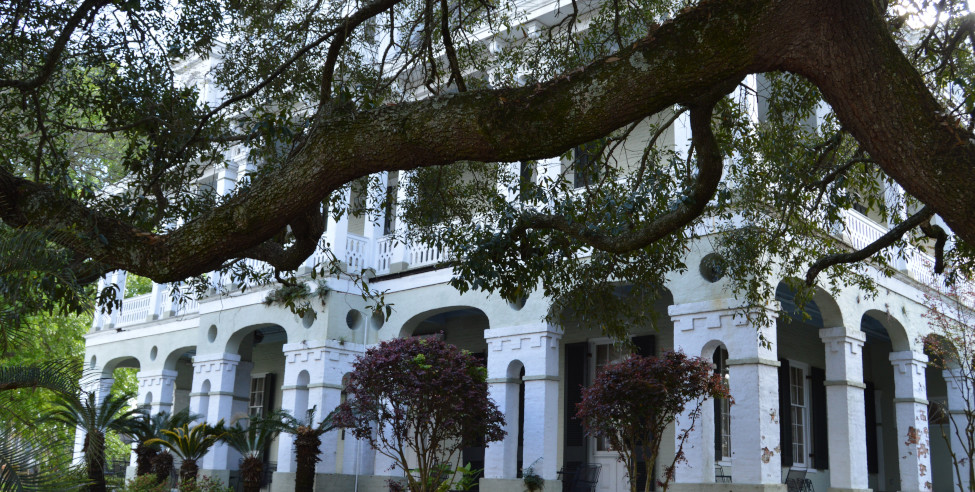
By Cullen Diebold, staff videographer
Bayou Souvenirs // Unique Gifts
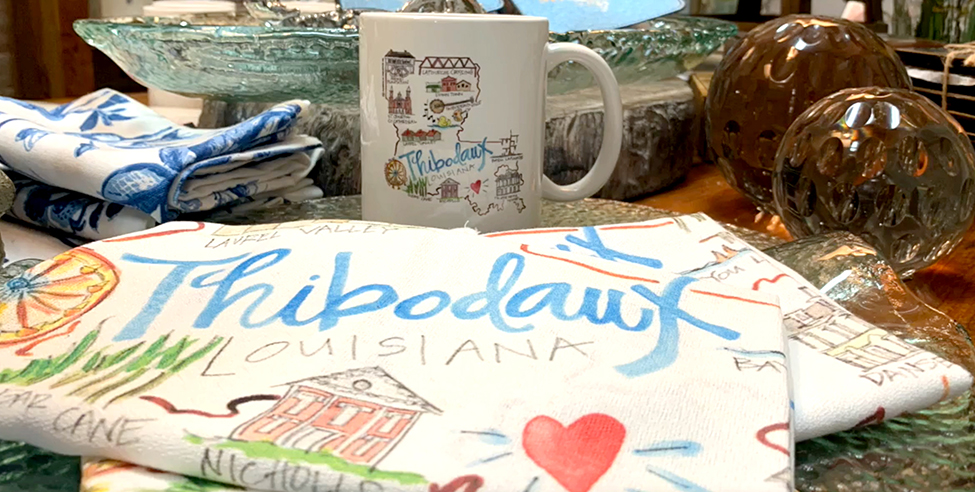
by Brandy Dunbar, staff videographer
Bayou Lore // Hauntings

by Ashlyn Verda, staff writer Louisiana’s Bayou Region is rich in haunted history. Over generations, locals have passed down dark tales from the bayou, including legendary haunted swamps and plantation ghost stories. As time passes, and stories become more and more embedded in Cajun culture, the line between fact and folklore begins to blur. One […]
Scenic Drives // Louisiana Trails and Byways
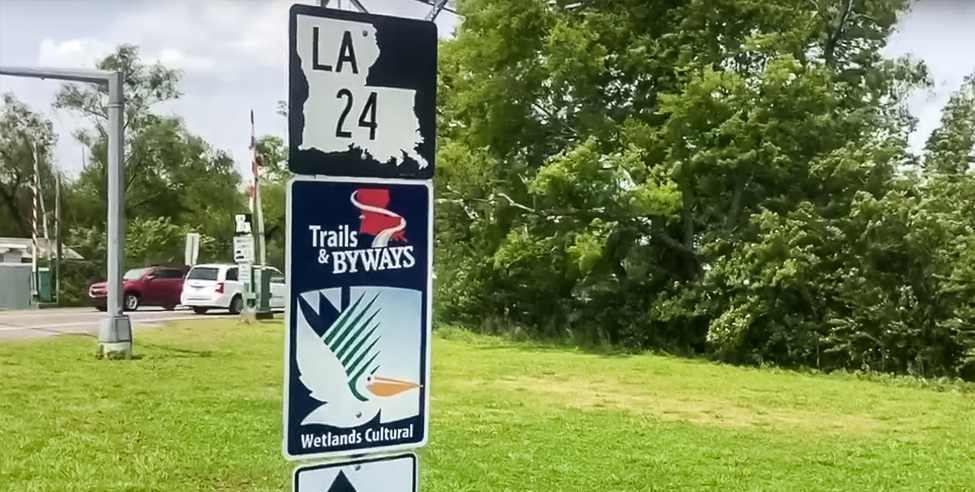
by Brandy Dunbar, staff videographer
Bayou Welcome // Cajun Coast Center
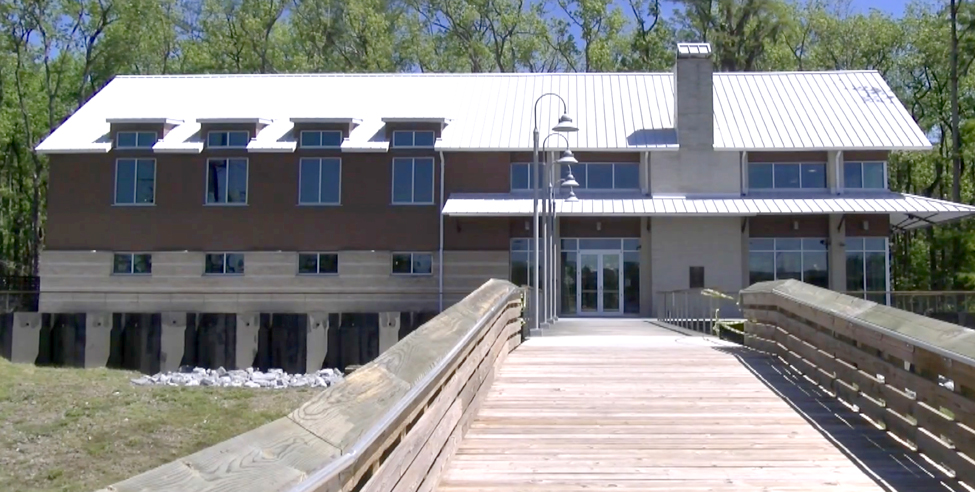
by Wes Barnett, staff videographer
Kid Scene // Bayou Country Children’s Museum
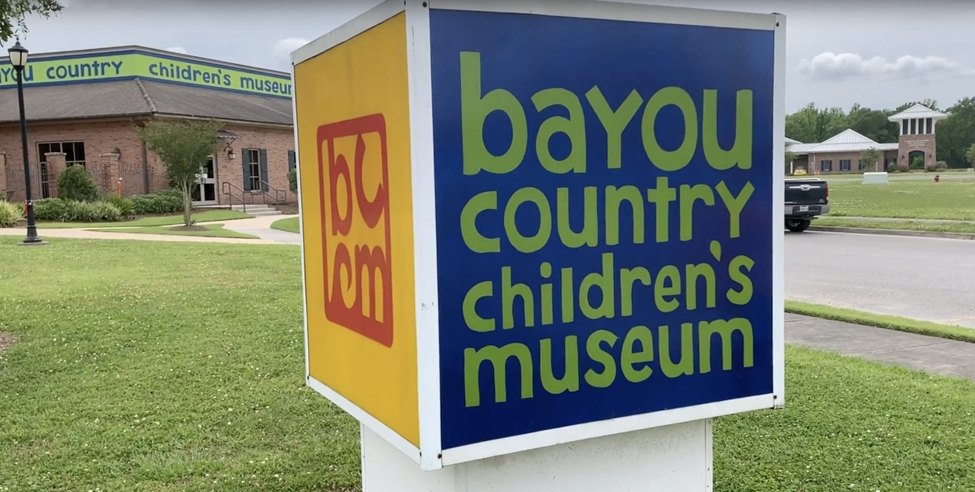
by Sydney Moxley, staff videographer
On the Water // Paddle Bayou Lafourche
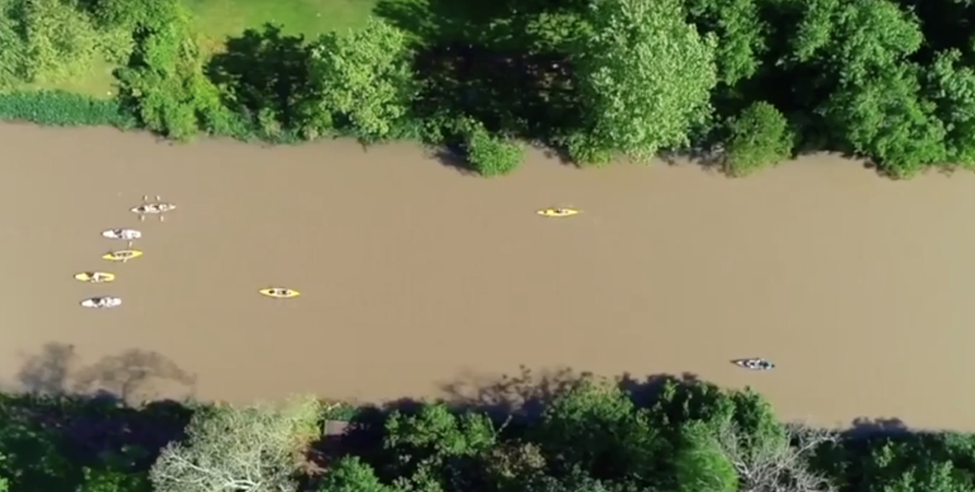
by Wes Barnett, staff videographer
A Different History // Whitney Plantation
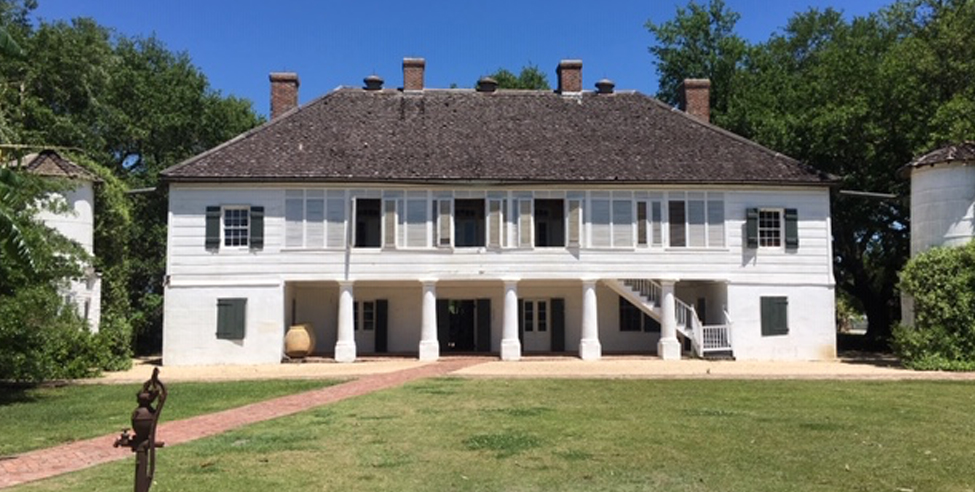
by Trevor Johnson, features editor Southern plantations have long been tourist stops for curious travelers from around the world — most offering wedding services, detailed accounts of wealthy slaveholders, and cheap memorabilia. However, Whitney Plantation, located in Wallace, LA, breaks the mold by giving an unflinching look into the lives of its former slaves. “Our […]
Demographics // Bayou Stats
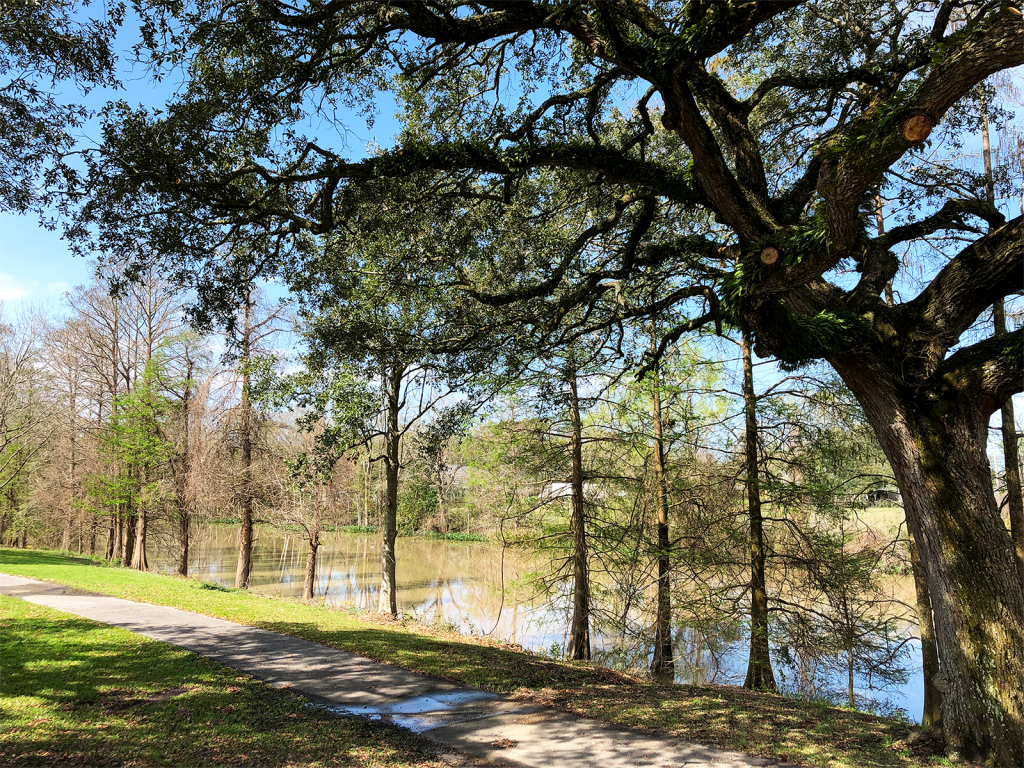
Water Sport // Fishing Like a Local
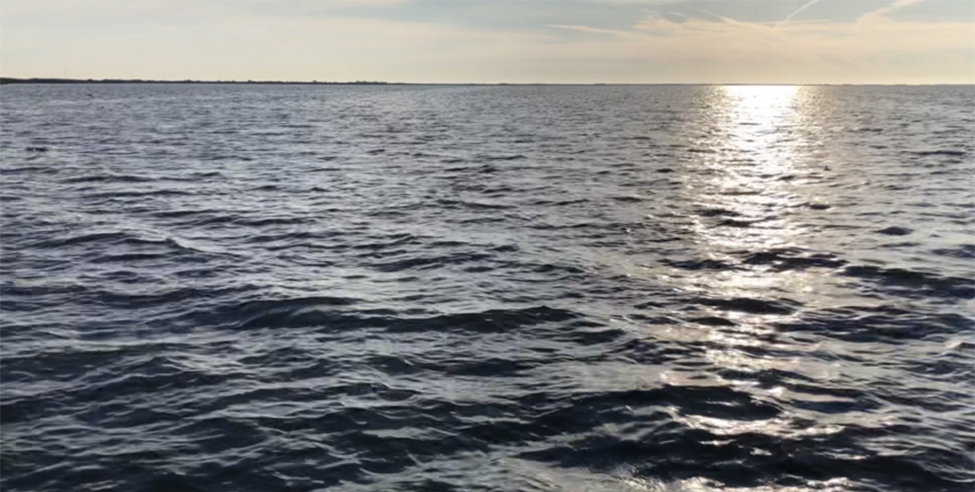
by Sam Gruenig, video editor
